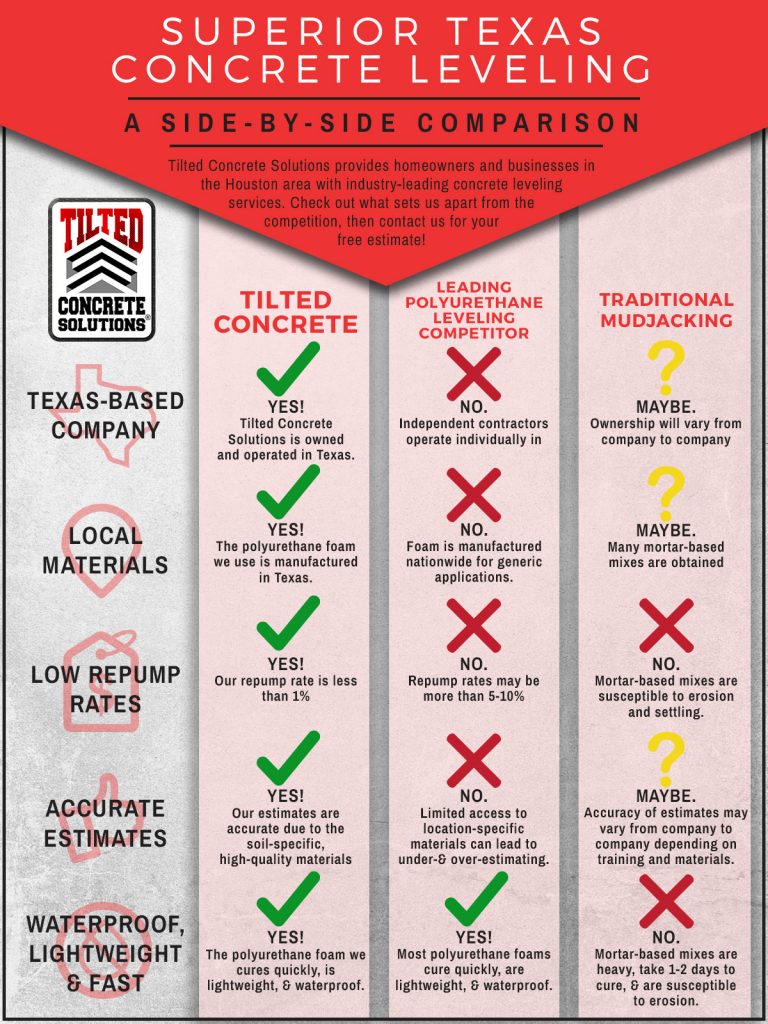Tips For Readying Your Wall Surfaces For A Pristine Paint Work
Tips For Readying Your Wall Surfaces For A Pristine Paint Work
Blog Article
Article By-Bauer Hjelm
Accomplishing a flawless paint job starts with meticulous wall prep work. From completing blemishes to priming surface areas, each action plays a vital role in the last outcome. But what regarding those challenging corners and edges that can make or damage the total appearance? Remain tuned to discover skilled pointers on exactly how to browse these tough locations with finesse, making sure a smooth coating that will boost your room to new heights of sophistication.
Wall Surface Maintenance
Evaluating wall surfaces for any kind of flaws and promptly addressing them via essential repair services is important for achieving a smooth and remarkable paint task. Before starting house staining minnetonka , carefully analyze the walls for splits, holes, damages, or any other damages that might influence the outcome.
Begin by filling out any cracks or holes with spackling substance, allowing it to dry entirely prior to sanding it to create a smooth surface area. For larger dents or harmed areas, consider utilizing joint compound to guarantee a smooth repair.
Furthermore, look for any type of loosened paint or wallpaper that might require to be gotten rid of. Remove any peeling off paint or old wallpaper, and sand the surface area to produce a consistent structure.
It's likewise vital to inspect for water damage, as this can cause mold development and impact the adhesion of the new paint. Attend to any water discolorations or mold with the proper cleansing options before proceeding with the painting process.
Cleansing and Surface Area Prep Work
To ensure a beautiful and well-prepared surface area for paint, the following step entails thoroughly cleaning and prepping the walls. Begin by cleaning the wall surfaces with a microfiber towel or a duster to remove any loose dirt, cobwebs, or debris.
For even Suggested Reading or gunk, a solution of light detergent and water can be made use of to carefully scrub the wall surfaces, complied with by an extensive rinse with tidy water. Pay special interest to locations near light switches, door handles, and walls, as these have a tendency to collect more dirt.
After cleaning, it is essential to check the wall surfaces for any type of splits, openings, or imperfections. These should be filled with spackling compound and sanded smooth as soon as dry. Sanding the wall surfaces lightly with fine-grit sandpaper will certainly additionally aid develop an uniform surface for painting.
Priming and Insulation
Before paint, the walls must be primed to make certain correct attachment of the paint and taped to shield nearby surfaces from roaming brushstrokes. Priming works as a vital step in the paint procedure, particularly for new drywall or surfaces that have been covered or fixed. read this aids secure the wall, creating a smooth and consistent surface area for the paint to comply with. Furthermore, primer can enhance the toughness and insurance coverage of the paint, inevitably causing a more expert and resilient surface.
When it pertains to taping, using painter's tape along trim, ceilings, and other surfaces you intend to protect is necessary to attain tidy and crisp paint lines. Painter's tape is made to be quickly applied and eliminated without harming the underlying surface or leaving behind any kind of deposit. Put in the time to correctly tape off locations before painting to conserve yourself the inconvenience of touch-ups in the future.
Conclusion
To conclude, correctly preparing your walls prior to painting is important for attaining a perfect surface. By checking for flaws, cleaning up thoroughly, priming the surface, and using painter's tape for tidy lines, you can make sure a professional-looking paint job.
Making the effort to finish these actions will certainly lead to a smooth and durable coating that enhances the overall look of your space.
